Misting manufacturer launches new competency framework
The original inventor of Automist, an electronic watermist fire suppression system that is installed in homes across the UK and the US, has launched a new training suite to demonstrate the competency of its installers.
Each year, Automist Authorised Reseller Installers (ARIs) are required to undertake a rigorous audit as part of its policy of continual improvement and commitment to providing excellent service through its network of more than 30 installers.
In addition, each individual installer will now be required to complete Plumis’ learning management modules providing the British engineering company with a golden thread of data about the skills and competency of each installer.
Modules cover a wide range of fire suppression topics including compliance with BS 8458, installation and commissioning Plumis’ domestic sprinkler system. As part of the training, some modules require installers to upload a video of themselves demonstrating that they can fulfil the technical requirements as part of the assessment.
Accessed through an online portal, the training is designed to enable the misting manufacturer to easily monitor and keep installers up to date with regulations and technical changes.
Installers will achieve certificates for each completed course, which will also be publicly available on Plumis’ website for prospective and existing procurement teams to access.
Yusuf Muhammad, Chief Design Officer and co-founder at Plumis explained: “Competency remains a huge challenge across building and fire safety and I’m a big believer that tackling the issue will not rely on qualifications alone.
“It requires a constant building of knowledge, ability, training and experience, which is exactly the approach we take as a company when it comes to promoting professional and continual development across our team and external networks.
“This new learning platform has been designed so that we can create a golden thread that demonstrates and instils confidence about our system and those installing it, while also enabling us to ensure any technical information or changes is communicated as efficiently as possible.”
Plumis has officially rolled the training out to its ARIs with plans to begin publicising the data and credentials achieved by its installers in the coming months. This is the first in a series of measures the suppression specialist will be launching to demonstrate its networks commitment to competence.
--plumis
[edit] Related articles on Designing Buildings
- Access control.
- Automatic fire sprinkler.
- Automatic fire detection and alarm systems, an introductory guide to components and systems BR 510.
- Automatic fire sprinkler systems: A good practice guide.
- BS 5839-1: Fire detection and fire alarm system for buildings. Code of practice for design, installation and commissioning and maintenance of systems in non-domestic premises.
- Case study A for offices to show where automatic sprinklers have the greatest impact.
- Costs of water automatic sprinkler systems.
- Design benefits of automatic sprinkler systems granted under approved document B.
- Embedded security: Procuring an effective facility protective security system.
- Fire Detection and Fire Alarm Systems.
- Fire detection and alarm systems.
- Fire in buildings.
- Fire performance of external thermal insulation for walls of multistorey buildings, third edition (BR 135).
- Making the case for sprinklers and dispelling myths.
- Overview of automatic sprinkler system design and operation.
- PAS 1192-5:2015 Specification for security-minded building information modelling, digital built environments and smart asset management
- Sprinkler.
- Sprinkler systems explained: A guide to sprinkler installation standards and rules.
- The cost efficiency of different combinations of fire protection measures.
- The impact of automatic sprinklers on building design.
- Understanding the factors affecting flashover of a fire in modern buildings.
- Watermist systems for fire protection in domestic and residential buildings DG 534
Featured articles and news
Restoring Abbotsford's hothouse
Bringing the writer Walter Scott's garden to life.
Retired firefighter cycles world to raise Grenfell funds
Leaving on 14 June 2025 Stephen will raise money for youth and schools through the Grenfell Foundation.
Key points for construction at a glance with industry reactions.
Functionality, visibility and sustainability
The simpler approach to specification.
Architects, architecture, buildings, and inspiration in film
The close ties between makers and the movies, with our long list of suggested viewing.
SELECT three-point plan for action issued to MSPs
Call for Scottish regulation, green skills and recognition of electrotechnical industry as part of a manifesto for Scottish Parliamentary elections.
UCEM becomes the University of the Built Environment
Major milestone in its 106-year history, follows recent merger with London School of Architecture (LSE).
Professional practical experience for Architects in training
The long process to transform the nature of education and professional practical experience in the Architecture profession following recent reports.
A people-first approach to retrofit
Moving away from the destructive paradigm of fabric-first.
International Electrician Day, 10 June 2025
Celebrating the role of electrical engineers from André-Marie Amperè, today and for the future.
New guide for clients launched at Houses of Parliament
'There has never been a more important time for clients to step up and ...ask the right questions'
The impact of recycled slate tiles
Innovation across the decades.
EPC changes for existing buildings
Changes and their context as the new RdSAP methodology comes into use from 15 June.
Skills England publishes Sector skills needs assessments
Priority areas relating to the built environment highlighted and described in brief.
BSRIA HVAC Market Watch - May 2025 Edition
Heat Pump Market Outlook: Policy, Performance & Refrigerant Trends for 2025–2028.
Committing to EDI in construction with CIOB
Built Environment professional bodies deepen commitment to EDI with two new signatories: CIAT and CICES.
Government Grenfell progress report at a glance
Line by line recomendation overview, with links to more details.
An engaging and lively review of his professional life.
Sustainable heating for listed buildings
A problem that needs to be approached intelligently.
50th Golden anniversary ECA Edmundson apprentice award
Deadline for entries has been extended to Friday 27 June, so don't miss out!
CIAT at the London Festival of Architecture
Designing for Everyone: Breaking Barriers in Inclusive Architecture.







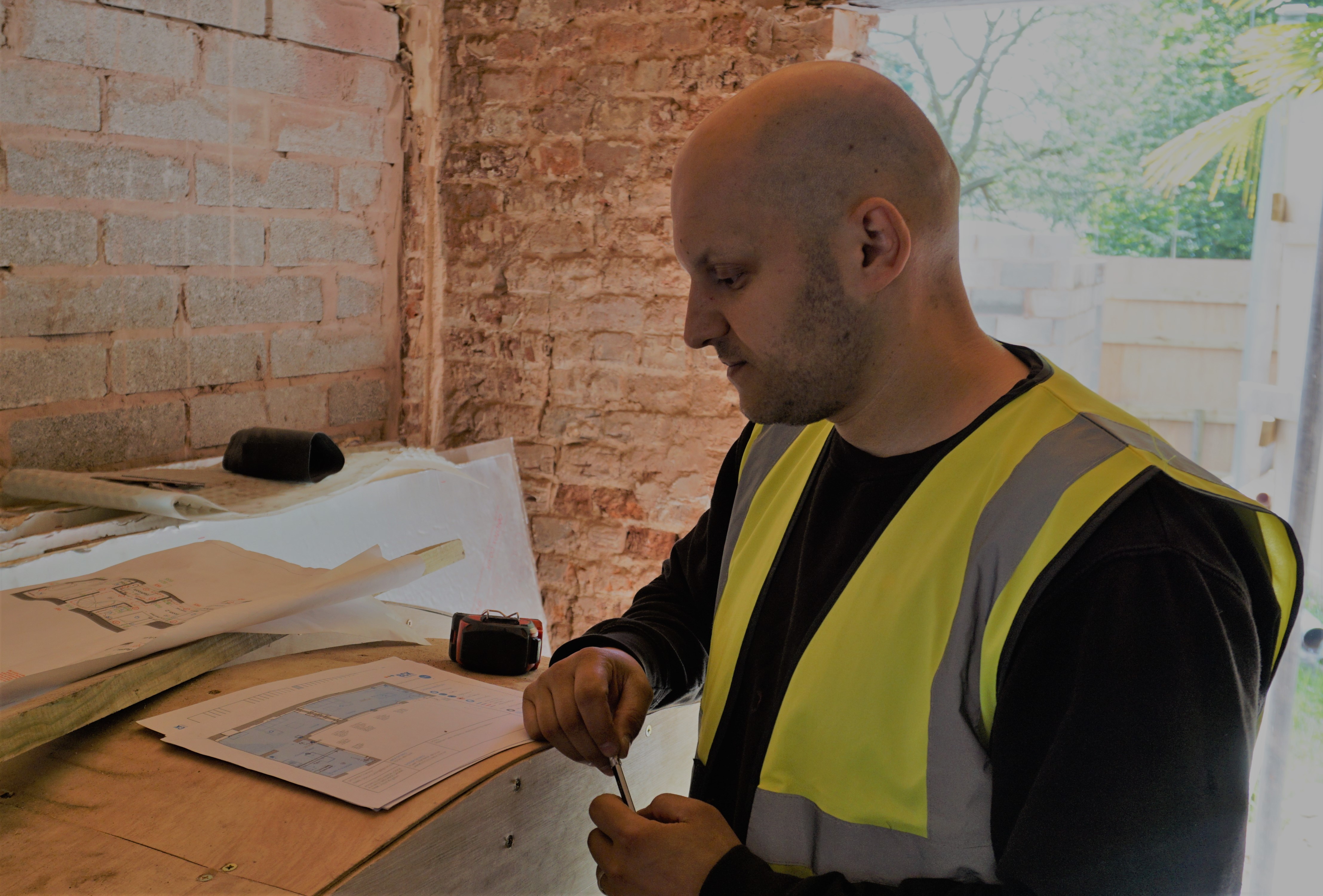







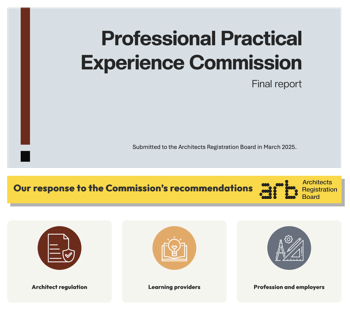
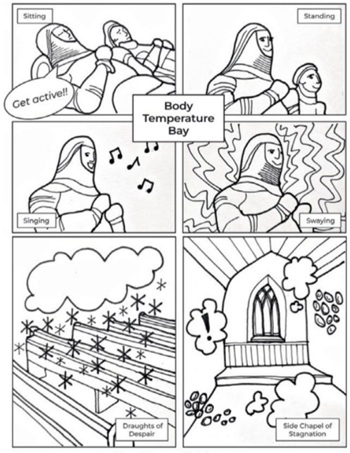


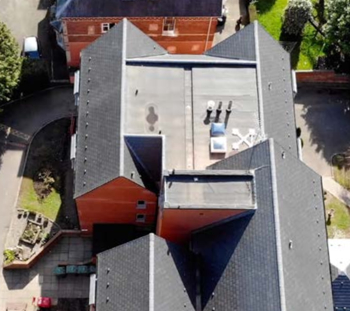
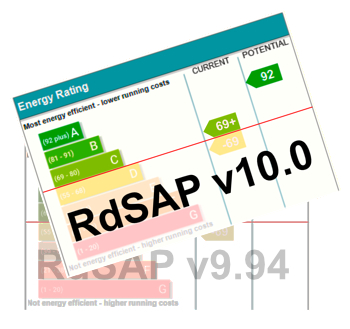

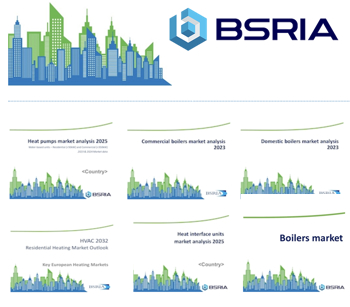

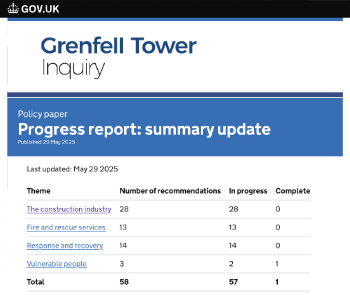

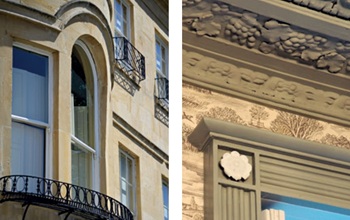

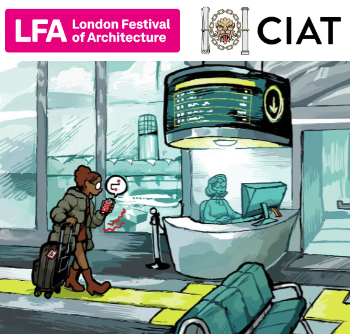
Comments
[edit] To make a comment about this article, click 'Add a comment' above. Separate your comments from any existing comments by inserting a horizontal line.